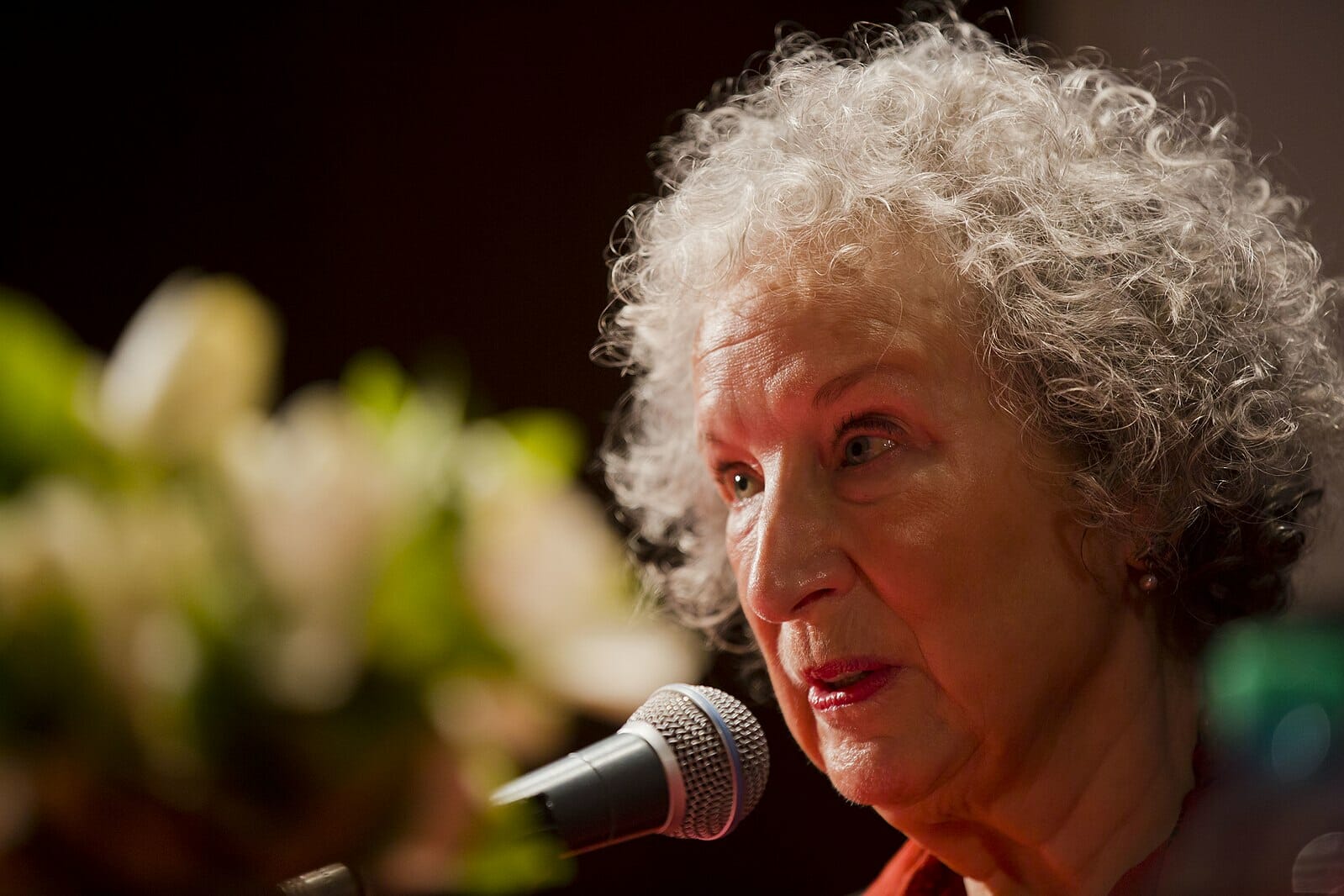
The Overstory | The power(s) of a good story
Author
Year
Format
By
When science and the arts communicate, they are able to convey powerful messages. This is what happens in Richard Powers’ novels, which feature topics ranging from Artificial Intelligence to philosophy, from art to scientific research. His twelfth novel, The Overstory (2018), connects nine different characters. Their life stories seem far removed from each other but for a single, meaningful aspect: in and around trees their lives transform and branch in unexpected directions. Thanks to these multiple points of view, the author manages to fill the scientific language with feelings.
Winner of the 2019 Pulitzer Prize for Fiction, The Overstory is an epic of environmental fiction. Not set in a dystopian future, like Cormac McCarthy’s The Road, but in the present, The Guardian has defined it as a novel “whose context is wider than human life”. Its title derives from a specific trait of the forest landscape, whose protrusions over the canopy are known under this term. Similarly, each character emerges from the dense network of ordinary life, and creates a unique pattern, in which the distinction between human and more-than-human complicates.
Roots
There are four main sections in The Overstory, marking an upward movement that starts from the roots, goes through the trunk, develops in the crown, and finally goes back to the seed. The structure of the first part resembles that of a collection of short stories: in around 200 pages, Powers introduces the nine characters in separate chapters. The first-person narration and the quick succession of events give a compelling rhythm to this section.
Some of these stories focus on a single, life-changing episode, while others narrate a family’s history through generations. The first of these, for instance, tells of the Hoel family, which migrated to the United State in the mid-nineteenth century. The most outstanding legacy of the Hoels to their youngest, Nick Hoel, is a photo book, collecting thousands of pictures of the same chestnut tree, taken over 70 years. As with Dinh Q. Lê’s exhibition Photographing the Thread of Memory, this photo book triggers memories. It also influences the future: Nick becomes an artist, and all his works of art are tree related.
Trunk and Crown
In the second and third sections, the pace of the narration slows down to give more space to reflections on the character’s journeys of discovery. Nick’s story intersects with that of Olivia, Mimi, Douglas, and Adam. Nick and Olivia, in particular, are the first to climb Mimas, a giant redwood tree, to protect it from being cut down. What was meant to be a short sit-in, becomes a much longer adventure, comparable to Italo Calvino’s The Baron in the Trees and Janne Teller’s Nothing. Like Cosimo’s and Pierre’s, Nick and Olivia’s decision is also an act of protest against society. However, the real protagonists in The Overstory are not the human climbers, but the trees they climb.
This event recalls Julia Butterfly Hill’s sit on Luna, a California Redwood, which lasted for 738 days between 1997 and 1999. However, if Julia managed to save Luna, the same does not happen to the novel’s characters. Loggers cut down Mimas and force down the tree-sitters (joined by Mimi, Douglas, and Adam). Shocked by the giant redwood’s death and hopeless as to the effects of pacific protesting, the group decides to start using another tactic: burning logging equipment. However, during one of their arsonist expeditions, Olivia tragically dies, and that marks the end of the group’s activities. They scatter, and from the one trunk they were, they branch separately, but still connected as in a tree’s crown.
Seeds
After years undetected, the police manage to track down and arrest Douglas and Adam. However, The Overstory’s ending is not all bitterness and failure: as the last section’s title suggests, the author scatters seeds of hope throughout its pages. Behind every defeat there are promises of life and regeneration. As the author writes:
Trees fall with spectacular crashes. But planting is silent and growth is invisible.
For instance, Dr. Patricia Westerford, one of the novel’s characters, achieves fame thanks to her discoveries on tree communication. Her novel on the subject is a breakthrough both in science and in popular culture, comparable to, and probably inspired by, Peter Wollheben’s The Hidden Life of Trees. Nick, on the other hand, decides not to stop sending messages to the world through his art. His last work, which closes the novel, is a giant natural sculpture visible from space, spelling out the word STILL. Thus, Power’s novel can be read as a sign of hope saying that there is still time. All it takes is awareness of the more-than-human world in which everyone and everything is embedded, and a good story to relate to.
The best arguments in the world won’t change a person’s mind. The only thing that can do that is a good story.
Tag
Buy a ☕ for Hypercritic








